New Oak thread-potentially need up to 100 plants
wisconsitom
8 years ago
last modified: 8 years ago
Featured Answer
Sort by:Oldest
Comments (44)
Huggorm
8 years agowisconsitom
8 years agoRelated Discussions
NEW: sweet 100 round robin
Comments (121)Hey Vic... Sorry to just get back to you about the habs. This is the best description I found for them on the net: "The White Habanero also know as 'Peruvian white Habanero' is a lovely & rare variety that is hard to come by and said to originate from Peru. These firey hot lantern shaped peppers grow on small, but very high yielding bushy pepper plants with the creamy-white colored pods measuring approximately 2 inches long by 3/4 of an inch in diamater. If you like seraing hot chiles, this could be the one for you as they have been rated at over 300,000 scoville heat units." As far as what I took out, I know I took some white Italian eggplant and red celery seed, and a few packs of herbs and peas. I didn't take any flowers but added a few likeI said before. I'd like to go another round in this one again. It was great....See MoreNEW: 100 for 100 part -2
Comments (31)Recieved seeds from the following krislindgren.......grovespirit...........meimei007..........kmpsmom.........Allisonwise and happyseed dropped............. and that leaves gardenkitteh to send seeds in soon as I hear from gardenkitteh these seeds are ready to fly............Wilmoth...See MoreUPDATE: 100 Limit Plant Swap
Comments (105)Karen, I am having to add planting medium to some so that is why I said it may be Monday before I mail out. I want to make sure they are happy before going BACK in a box for a trip home. I am trying to make the extra effort to make this a good swap for all of us. Please everyone remember, some of these plants MAY loose their leaves BUT with love and attention I am sure they will thrive in the long run. I would like to suggest if you live where it is HOT to cover them during the hottest part of the day for a few weeks to help them out, any thing you can do to help bring them along will ensure their chances, remember you can't just stick them in the ground and say LIVE these need to be cared for for a little bit! I know now if I do this again that I need to put them in a starting medium as soon as they arrive and to help me do this I may have everyone mail to me in stages so I can keep up with the plants as they come in. Also, remember I did say no TINY plants and they must be a nice size, well a few very small ones did come in with hardly any roots, these I will be keeping because those are NOT looking happy. I am trying to be fair about these and give some credit BUT this is not fair to those who sent in the required sizes. Someone and I will NOT say who even measured their plants to make sure they were the correct size. Not complaining I am just pointing this out for those who may have requested the plants in question this is the reason I didn't send them to you, because they are way small and one has already lost all the foliage and I am hoping it will come back from the roots, the good thing is that IF it does and you all join the swap again these questionable plants may be ready to share then :). I do hope you all will be happy with your boxes, I am doing the best I can to send things I am SURE you really want. Again I want to stress the some things will lose their leaves but should have no problem coming back from the roots. The phlox 1 offerd is one of them my mama assure me you can not kill it that if the root is there it will make it. I am sending a fair amount to those of you who wanted some so it should be alright. Ok, well break is over I need to get back to packing and sorting the boxes. :) Fran...See MoreNumber 4 thread of Most successful try @ LIve oak in Pa
Comments (316)Your welcome Kyle. After digging them up, they were kinda bareroot on the roots ends. Especially the Fusi, so small just one leader. Kyle, you likely know, but, I am being sure to remind you to put the potted up trees in an unheated garage or other sheltered place this winter....See Morehairmetal4ever
8 years agolast modified: 8 years agowisconsitom
8 years agolast modified: 8 years agoedlincoln
8 years agowisconsitom
8 years agolast modified: 8 years agohairmetal4ever
8 years agohairmetal4ever
8 years agowisconsitom
8 years agoHuggorm
8 years agowisconsitom
8 years agohairmetal4ever
8 years agowisconsitom
8 years agoj0nd03
8 years agowisconsitom
8 years agolast modified: 8 years agoj0nd03
8 years agogardener365
8 years agohairmetal4ever
8 years agolast modified: 8 years agogardener365
8 years agowisconsitom
8 years agowisconsitom
8 years agogardener365
8 years agoedlincoln
8 years agowisconsitom
8 years agowisconsitom
8 years agoedlincoln
8 years agowisconsitom
8 years agoedlincoln
8 years agolast modified: 8 years agowisconsitom
8 years agowisconsitom
8 years agogardener365
8 years agoLarry Dale
8 years agolcadem78
8 years agogardener365
8 years agohairmetal4ever
8 years agowisconsitom
8 years agowisconsitom
8 years agolast modified: 8 years agogardener365
8 years agoedlincoln
8 years agowisconsitom
8 years agowisconsitom
8 years agohairmetal4ever
8 years agowisconsitom
8 years ago
Related Stories
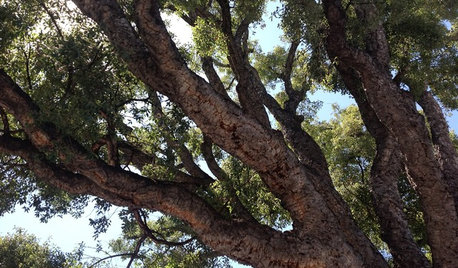
GARDENING GUIDESGreat Design Plant: Cork Oak
Witness an incredible renewable resource being grown while lolling in the abundant shade of this expansive, ever-popular tree
Full Story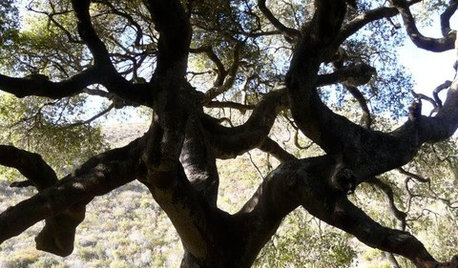
CALIFORNIA NATIVE PLANTSGreat Design Plant: Coast Live Oak
The stuff of legends and memories, this California tree is one to build a whole landscape around
Full Story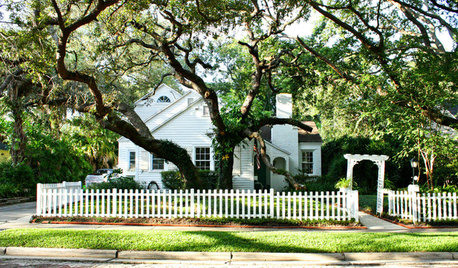
TREESGreat Design Plant: Southern Live Oak Offers an Unbeatable Canopy
Keep it dense or prune it for more light. No matter how you grow Quercus virginiana, it’s a majestic addition to its native landscape
Full Story
KITCHEN DESIGNKitchen of the Week: A Dark Kitchen Brightens Up
A cooking space honors the past while embracing the present
Full Story
THE HARDWORKING HOMEHow to Tap Your Hall Closet’s Storage Potential
The Hardworking Home: Check out these design ideas for every space and budget
Full Story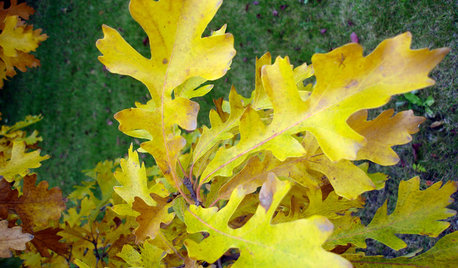
GARDENING GUIDESCelebrate Eastern Oaks for Wildlife, Longevity and Seasonal Interest
There might not be a more important tree to have in your eastern U.S. landscape — if you can fit one in
Full Story
GARDENING GUIDESOh, Deer! 10 Native Flowers That Stand Up to the Herds
Keeping a garden amid hungry deer can be hard, but these plants should fare well
Full Story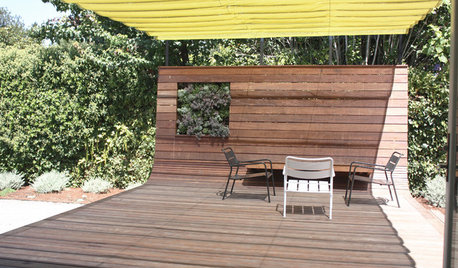
DECKSA Family-Friendly California Yard Wises Up About Water
Pavers and unthirsty plants replace Kentucky bluegrass in a Menlo Park landscape for a family of 4
Full Story
FALL GARDENING7 Reasons Not to Clean Up Your Fall Garden
Before you pluck and rake, consider wildlife, the health of your plants and your own right to relax
Full Story
LANDSCAPE DESIGNWarm Up Your Home With an Evergreen Windbreak
Plant tall trees for more warmth in winter, serenity in summer and good looks all year long
Full Story


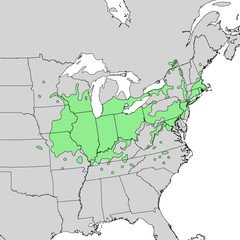






gardener365